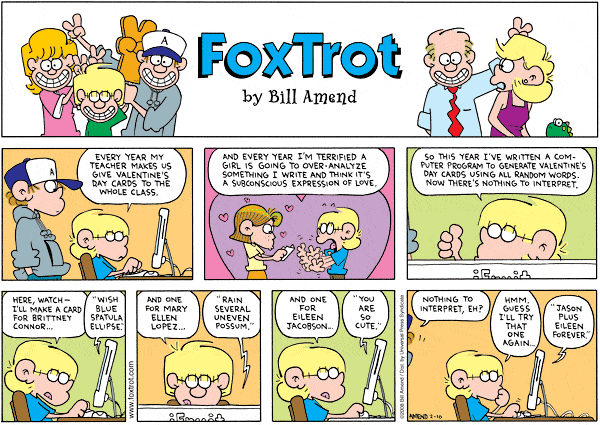I received an interesting, possibly exciting and expensive email from YSM today. Apparently, the minimum bid of $0.10 will be disappearing on many terms in the future. Here’s a snippet from the email:
Pricing Update:
Minimum Bids will no Longer be Fixed at $.10Starting in the next several weeks, the minimum bids for a number of Sponsored Search keywords will no longer be fixed at $.10. Your new minimum bids can be lower or higher than $.10. Content Match minimum bids currently will remain at $.10.
I wrote in a previous post about advertising pricing that Perceptus would spend several times more on advertising if the $0.1 minimum bid was reduced or dropped. Well, true to my word, I’m logging into our Yahoo Search Marketing account right now to clean up our advertising spots in anticipation of the pricing changes.
There are a couple ways to interpret this change, here are a few of my theories:
- this was an inevitable evolution of Yahoo’s advertising service that they’ve finally gotten around to implementing
- advertisers are pulling out of the online advertising market or reducing bids due to economic conditions
- Yahoo was loosing certain segments to Google due to lower costs per click
- Yahoo wants to boost account counts to ward off the Microsoft bid
- Yahoo read our blog and decided that Perceptus was right, and that $0.1 clicks don’t make sense in all cases
These are purely random guesses on my part. While I wish it was point 5, I think it’s a combination of items 1-4.
Having said that, over the last month, our Google AdSense revenues are down and our AdWords costs are down noticeably. I wonder if online advertising is more sensitive to the economy than other advertising media. I can turn off pay per click advertising campaigns in 5 minutes. How many weeks does it take to reduce or cancel TV, radio, and newspaper advertising? Anyway, those ponderings belong on our non-existent financial blog.
